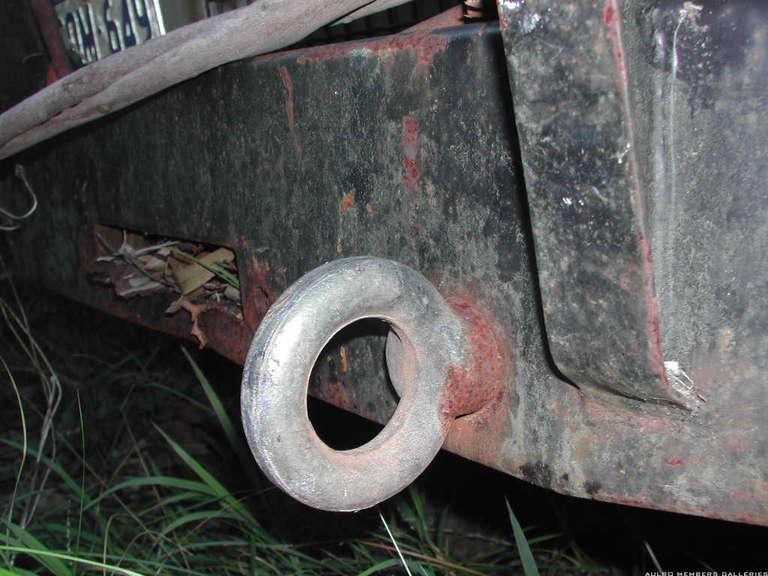Frank,
at the back of your collared eye bolt do you use a washer and single nut?
out of interest what size is the bolt?
I assume you suggest running a longitudinal plate along the chassis which then angles 90 degrees to accept the collared eye bolt?
I never use dynamic recovery so have much lower standards on recovery points 
I have collared eye bolts in my bar (in the horizontal orientation) but they are only M16 (fit a 3.2T shackle).
They are simply mounted through the front plate of the bar and through the main structural from chassis rails to bar. (TJM bar I replaced the lower two bolts either side of the winch with eye bolts)
Just using a large washer and nylocs.
No deformation/ damage to the structurals, eye bolts, or other bar bolts despite plenty of heavy winching - but it would be good to know what size eye bolt you are running / recommending.
Regards,
'95 130 dual cab fender (gone to a better universe)
'10 130 dual cab fender (getting to know it's neurons)



 Reply With Quote
Reply With Quote




Bookmarks